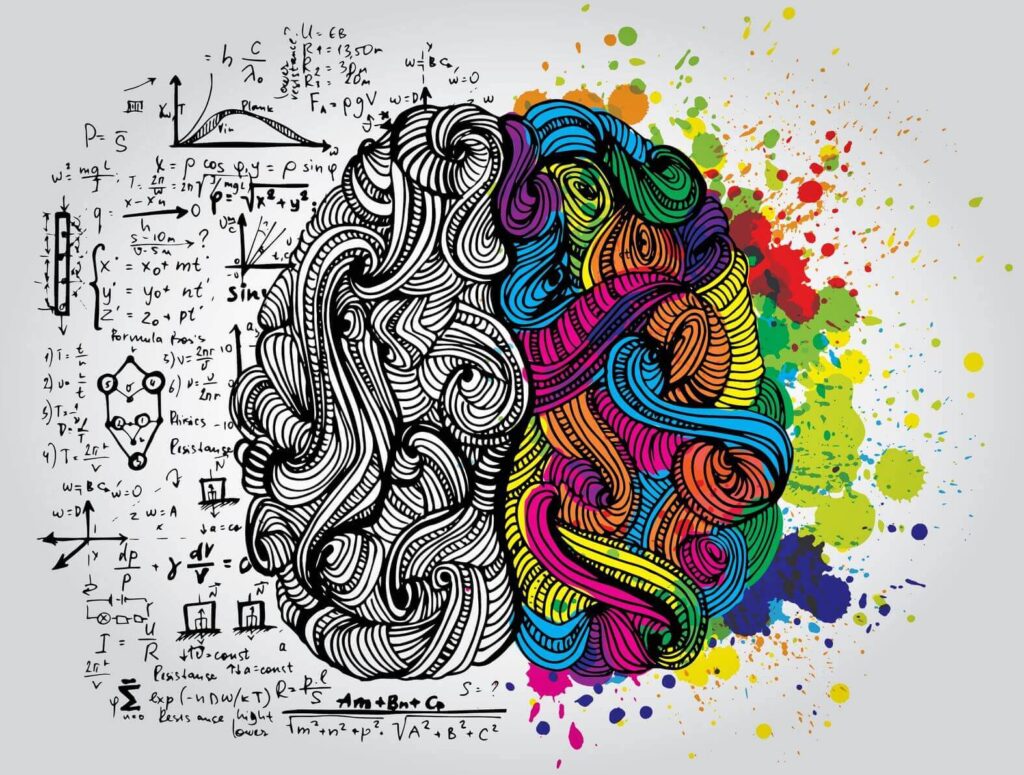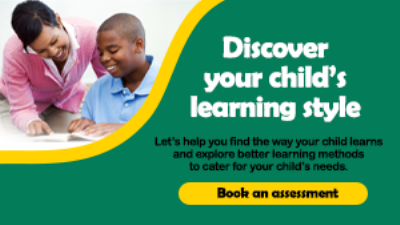
Dyslexia affects the learning process in relation to reading, writing and speaking, such difficulties being disproportionate to the student’s other academic abilities. Dyslexia is indicated by a mismatch between an individual’s assessed ability and his/her attainments in literacy-related areas. Dyslexia may affect the development of the student’s ability to remember in sequence what is seen or heard, his/her ability to identify sounds in words and his/her ability to put things in order (e.g. information, letters, stories, numbers, the days of the week, the months of the year, etc); it may affect concentration, co-ordination, letter/numeral formation skills and the speed of reading and understanding. In addition students may have problems with directions, map-reading, recognising left and right, spelling, copying words and numbers from a book or a blackboard, recalling the names of words or objects and reading music.
Students’ learning difficulties arising from dyslexia are in a continuum that ranges from mild to severe. Students’ confidence and self-esteem are often affected and they appear to lack motivation. Dyslexia may co-exist with other special educational needs such as dyscalculia, dyspraxia and attention deficit hyperactivity disorder (ADHD). It occurs across all socio-economic groups and affects people differently. Although dyslexia occurs across the lifespan it may be alleviated with appropriate intervention.
Strategies for Learning and Teaching
- Recognise the confusion and frustration of the student and avoid situations that increase pressure.
- Do not equate genuine variability of performance with lack of effort.
- Provide support with additional recording mechanisms where appropriate (e.g. appropriate literacy software, charts, diagrams, dictaphones, electronic dictionaries, models, voice recognition software and word processors with spellchecker).
- Employ line trackers and/or coloured overlays as appropriate.
- Provide opportunities for the student to re-learn and over-learn.
- Encourage the process of drafting and redrafting.
- Amend worksheets to make them understandable.
- Provide assistance with elements of the writing process, such as the using of planning sheets and editing checklists.
- Read questions aloud.
- Encourage self-correction.
- Practise memory games.
- Use a structured multi-sensory literacy programme with the student.
- Establish the students’ strengths and their individual learning styles.
- Teach a range of word-attack skills (e.g. contextual cues, look and say, phonics, punctuation and word shapes).
- Use a graded-reading programme that is appropriate to the student’s level of literacy skills as well as his/her interest level.
- Provide supplementary reading material that is below the student’s assessed reading level, which allows the student to read independently (i.e. less than two errors in one hundred words).
- Use a rehearsal-reading system. Instead of calling on students at random to read aloud, assign each student a specific passage a day in advance.
- Start with the student’s free writing when selecting spellings to learn. Target specific spelling patterns that the student requires assistance with as evidenced in the student’s free writing.
- Correct spellings positively and allow students credit for correct letters or sounds in words.
- Employ a number of multi-sensory methods when teaching spellings and consider the use of the strategy of look, copy, trace, picture, cover, write and check selectively.
- Construct logs or diaries of essential words.
- Break tasks into small steps and allow adequate time for completion.
- Select and highlight most important errors, not all errors – focus on the nature of the errors (quality) rather than the number of errors (quantity).
- Teach study skills (e.g. highlighting central points, mind-maps®, mnemonics, etc).
- Give regular constructive praise and encouragement and maintain high expectations.
- Limit copying from the board. Write in different colours on the blackboard.
- Expect students’ work to be erratic and inconsistent.
- Encourage students to repeat the directions for completing a task.
- Use visual cues to help the students to organise themselves.
- Acknowledge that extra time is needed by students in order to complete tasks.
- Use appropriate computer software to support reading, spelling and writing.
- Encourage the use of spelling dictionaries.
- Particularly at post-primary level consider the use of some non-printed learning materials such as taped books, recorded classes and curriculum texts on tape.
- Remember a student with dyslexia may have great difficulty with figures (e.g. learning tables), reading music or anything which entails interpreting symbols. Learning foreign languages can be particularly difficult.



